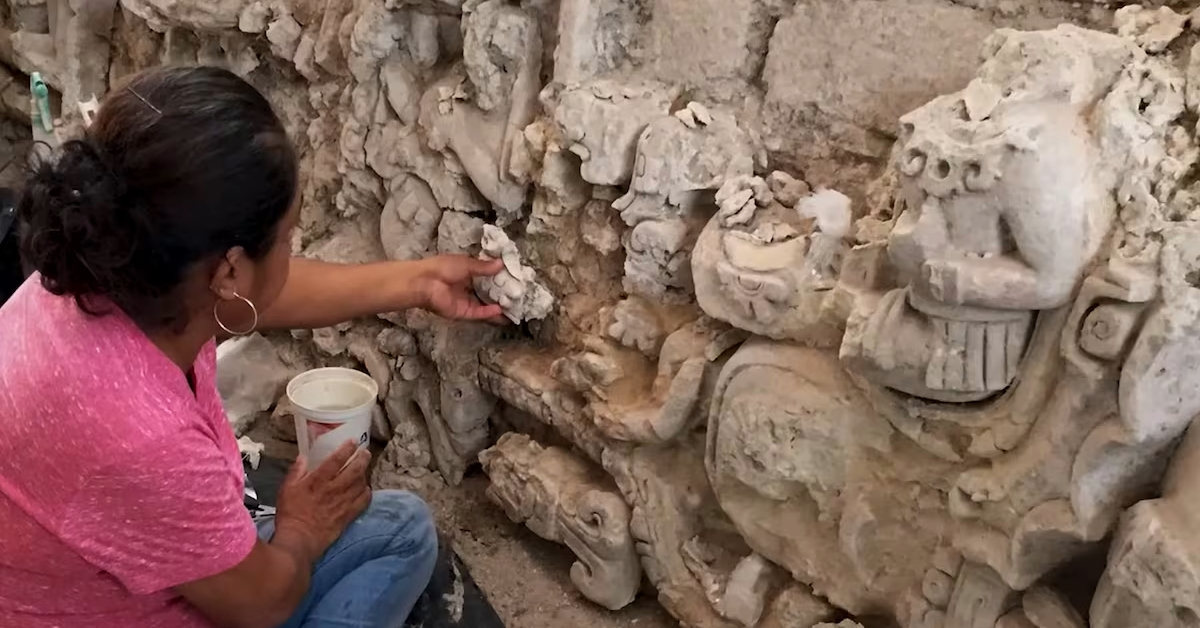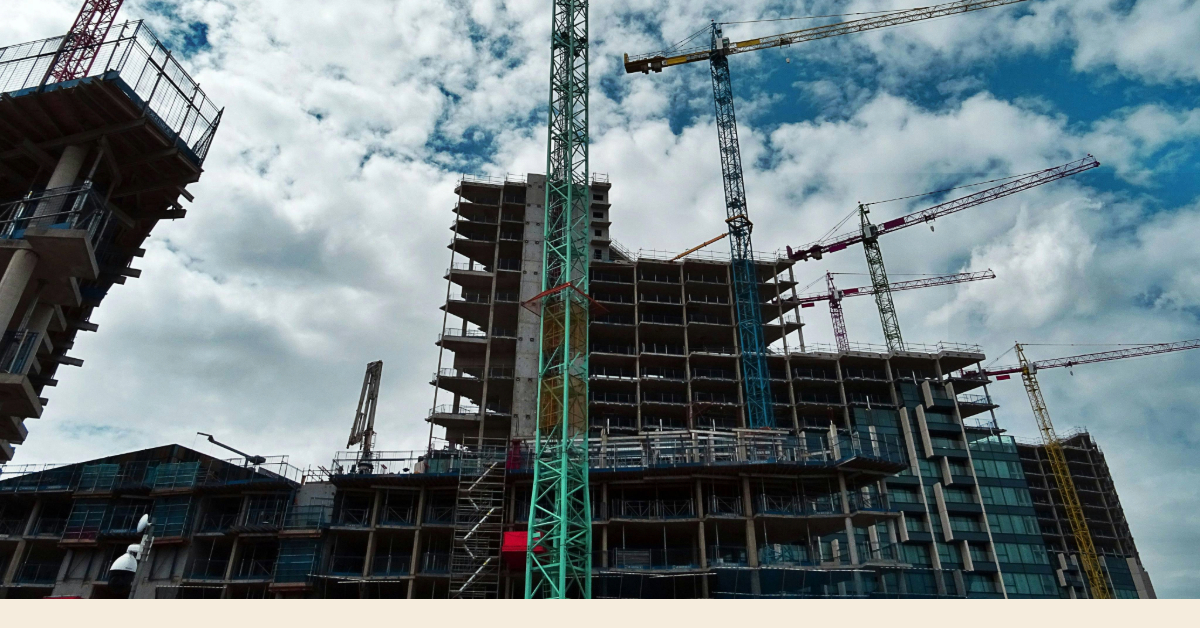The National Institute of Anthropology and History (INAH) has uncovered three facades with intricate Mayan reliefs alluding to the Kaanu'l dynasty in the Dzibanché archaeological zone, Quintana Roo. This significant discovery was made as part of ongoing research and conservation activities carried out under the Program for the Improvement of Archaeological Zones (Promeza), within the framework of the Mayan Train project. The researchers emphasize that the find is remarkable, particularly due to the unexpected presence of a ball court adorned with such elaborate and symbolic decorations.






